I’ve been testing out Google phones ever since there were Google phones to test – indeed, I was the editor at Gizmodo Australia when the first generations of Google Nexus phones hit our shores – and over the years I’ve generally been impressed with what the search giant has done in the phone hardware space.
I’m always drawn back to those early Nexus phones, however, because they were such good value for their time.
Sure, they’d be sub-par relics of phones now, because 14 years in smartphone developments may as well be 200 years, but they provided a great way to get a well-running Android phone for a whole lot less than the competing iPhones that were so very dominant at the time in the smartphone space – or even the weird late-life Nokias of their time. Anyone fondly remember Symbian smartphones? No, I didn’t think so.
The closest you get to a Nexus phone these days are Google’s Pixel A series phones; the mid-range, six-months-later alternatives to the full-priced Pixels of their day. They’re never “innovative”, because that’s not the point of them; they’re a value proposition that’s meant to be better than anything else you can get at that price point.
That 100% was the story for the Google Pixel 7a and I was very keen to see if Google could improve the recipe for the Pixel 8a.
You can read Zac’s full Pixel 8a review here, but what I wanted to do was instead present a slightly alternative viewpoint and format, listing out where I think the Pixel 8a is a winner… and where it isn’t.
Three things I love about the Google Pixel 8a
1. The Pixel 8a is as powerful and as well supported as the Pixel 8
This shouldn’t be a revelation, because manufacturers should be doing everything they reasonably can to make their products good value for consumers for years to come.
Still, you won’t find another Android OEM in this price range offering up seven years of both OS upgrades and security updates alongside the same internal processor architecture and storage options as their full-priced phones.
That’s precisely what the Pixel 8a is, because it’s a marginally smaller Pixel 8 with the same internal configuration and storage options. Which means it runs (anecdotally, officially) exactly the same as the Pixel 8 does. That means while it’s not quite the fastest Android out there (hello, Galaxy S24 Ultra! Goodbye my bank balance!) it’s more than powerful enough for everyday Android apps and games and will be for years.
One minor reviewer’s whinge here: I’d love to be able to show exactly how much more powerful the Pixel 8a is than the 7a or other phones in its price bracket, but I can’t do so in a benchmark sense. Why? Because Google Pixel phones never work with popular benchmarks on launch, and there’s no way that this is coincidental.
They all suddenly “start” working with them a month or so after launch, and while you might notch that up to genuinely new hardware, there’s no way that this is true for the Pixel 8a – it’s the same phone as the Pixel 8 in processor terms, and that’s a phone that can be benchmarked now. It’s a dirty pool on Google’s part that muddies the water about what these phones can do, and it’s not even really needed, because they are typically quite good!
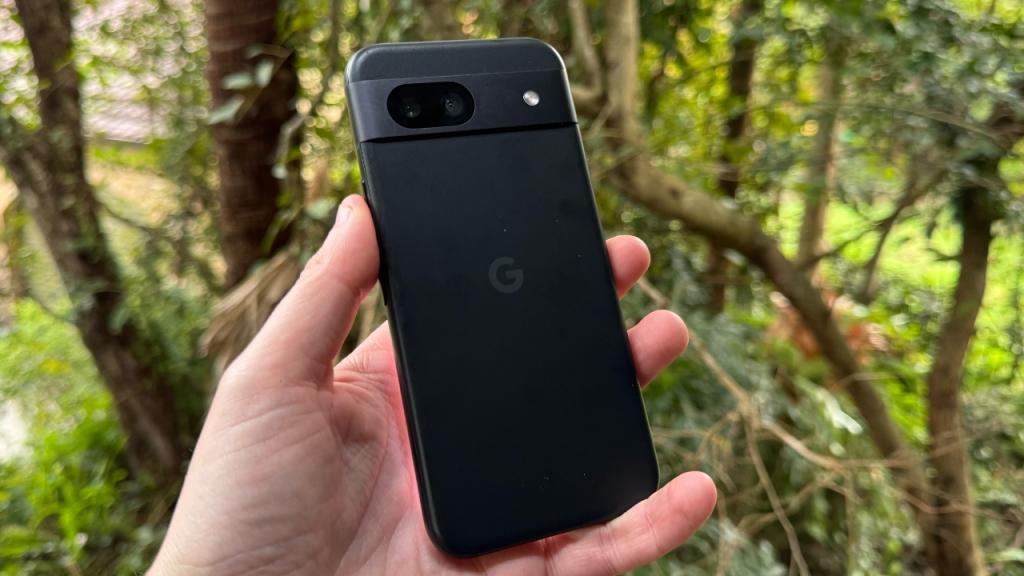
2. Finally, there’s no screen difference for the Pixel 8a
The Pixel 8a’s display is 6.1 inches, marginally smaller than the Pixel 8, but it’s otherwise packing in identical specifications, with an OLED panel sporting a resolution of 1080×2400 and refresh rates up to 120Hz. That’s a lovely jump up from the Pixel 7a’s 90hz support, and it shows in use, with smoother screen scrolling and pleasant presentation across video and game content. Pedantically it’s actually a better deal than the Pixel 8 because dropping the same number of pixels into a smaller frame leads to a slightly sharper display, though you’d need superhuman vision to really pick that in a lineup.
You do get a drop in glass quality, down from Corning Gorilla Glass Victus on the Pixel 8 to Gorilla Glass 3 on the Pixel 8a, but that doesn’t particularly stress me. Why? Simply because nobody’s phone glass is utterly indestructible, and every time you drop it, you’re playing dice with the incredibly vindictive phone gods anyway. Cases are your friend here, as are screen protectors, because they’re way cheaper than screen repairs tend to be.
This is your daily reminder to buy a case and a screen protector for your phone from that guy who looks like he’s old enough to be your dad (because I am that old, though I’m probably not your actual dad).
3. The camera is a joy to use
Camera shootouts are typically the province of high-end phones, because that’s where the exciting camera fights are had, right?
Wrong. Or at least, it’s not the only space where there’s stiff competition. In recent years, mid-range phones have started to get really good, in many cases good enough for most people’s phone needs unless you’re really looking into pro snapping – and there you’re probably going to be more keen on something with interchangeable lenses and larger sensor sizes anyway.
On paper, Google changed absolutely stuff all between the Pixel 7a and Pixel 8a in camera terms. Same 64MP primary, 13MP Ultrawide and 13MP front-facing selfie camera to play with, which might seem a little boring.
Except that it’s not, because the primary camera features of the Pixel 7a, for a mid-range phone, work really well. It’s an adept shooter in most conditions with the hardware it’s got, aided by Google’s in-camera AI features.
Take zooming, for example. There’s no dedicated optical zoom lens on the Pixel 8a, so you’re only talking digital zoom at up to 8x, or “Super Res Zoom” in Google-Speak. Plenty of mid-range phones crop down a large wide sensor to create zoom effects, but few do so quite so well as the Pixel 8a.
Let’s take a pretty ordinary photo taken outside Sydney’s Central Station as an example. I’ve spotted a trash bird seagull nearby, but if I approach it, it will fly away. Here’s the ultrawide shot to set the scene:

Also still fine as a wide angle shot, and I’ve not moved a step:
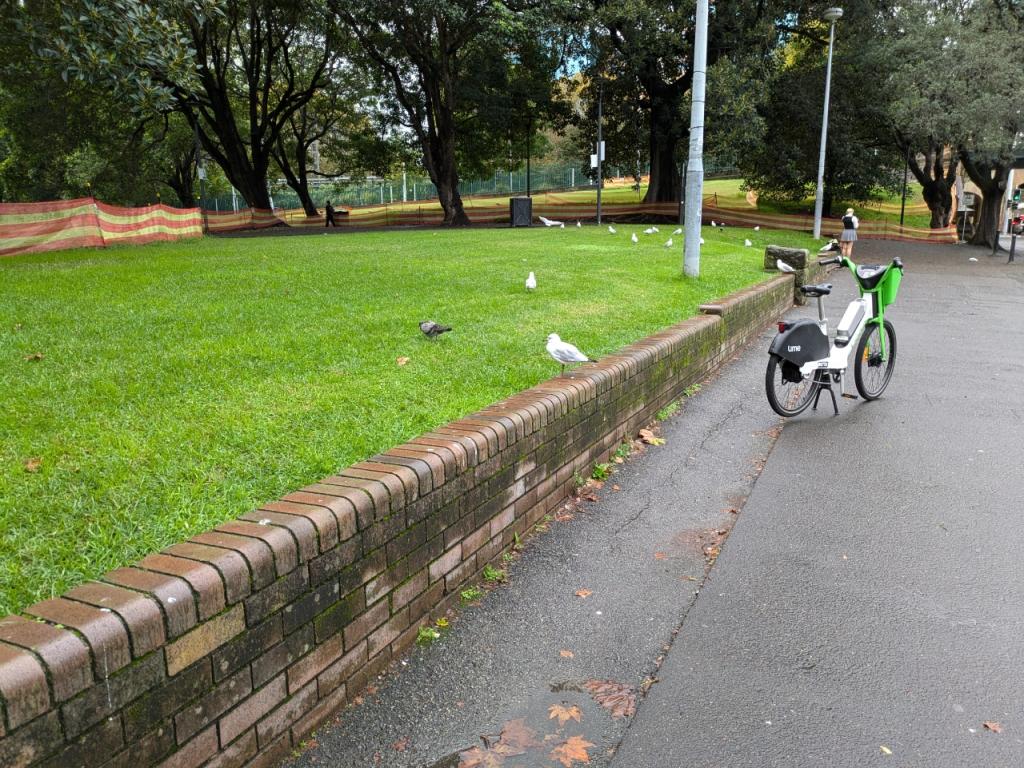
2x digital crop isn’t a fancy level, and I’d expect any competent high megapixel count phone to able to do well here:
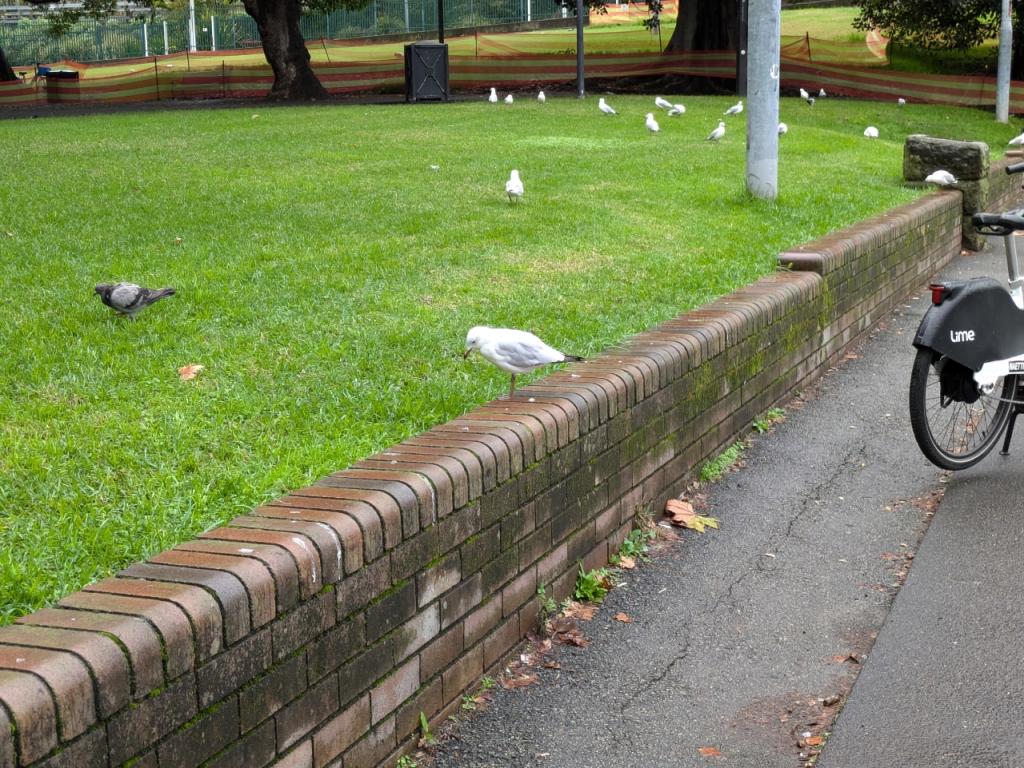
It’s at 8x maximum zoom where I usually encounter digital junk en masse for mid-range phones. The Pixel 8a’s photo isn’t flawless, with a little fake blur around the seagull in question, but I’ve successfully got my shot without disturbing it per se:
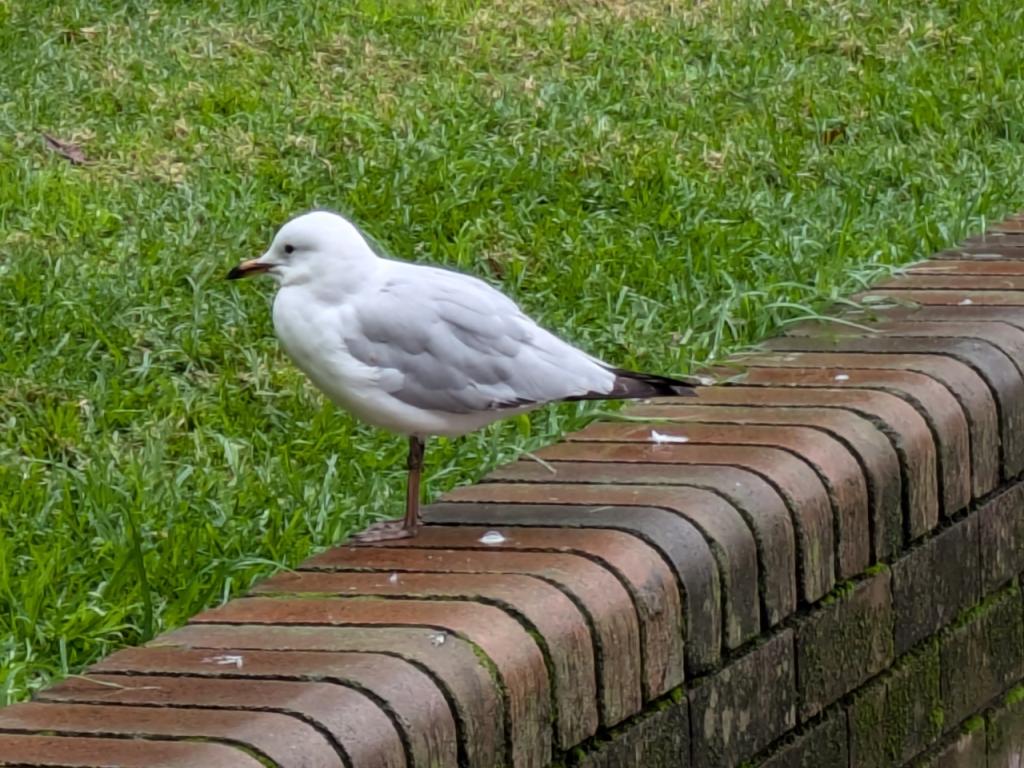
The same story works across much of what the Pixel 8a does with its cameras within the device, capturing scenes without a lot of the excess contrast that so many phone makers throw into their post-processing routines. If you do really want that oversaturated look, it’s not like it’s hard to add it in anyway.
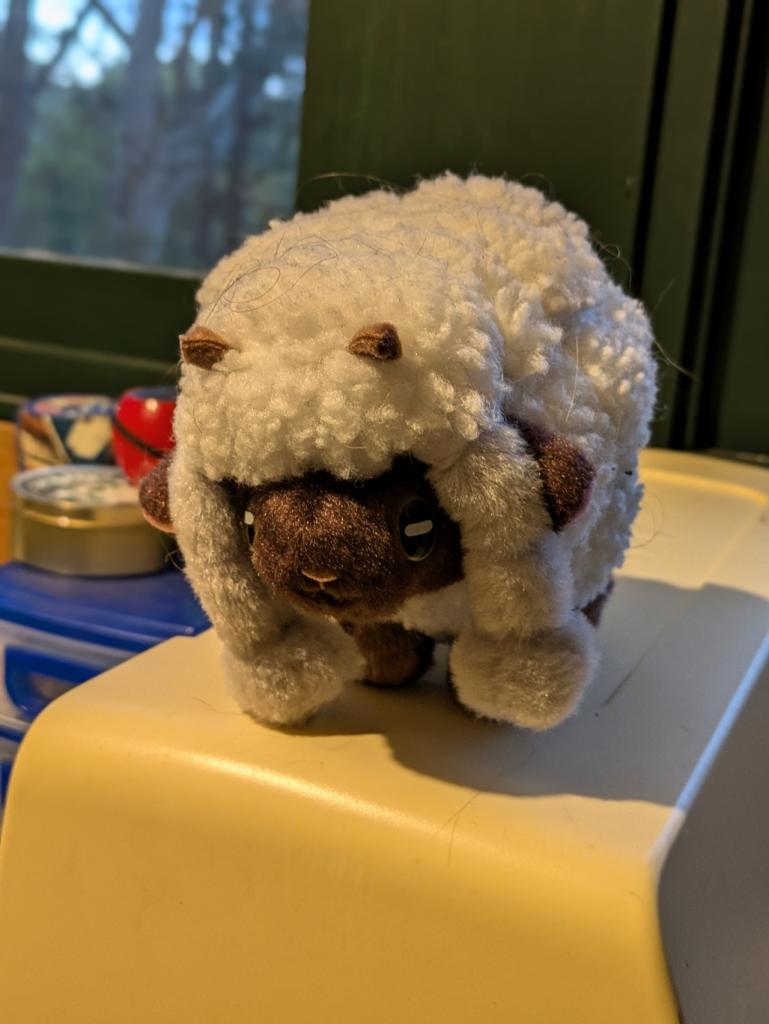
The Pixel 8a makes it simple to, in fact, capture them all (photographically)

Usually with mid-range cameras, you have to bear the odd clunker photo. It’s less common with the Pixel 8a.

I have a sudden urge to both clean up someone else’s rubbish (grr) and for some coffee…

Pictures of fruit are significantly more affordable than actual fruit these days, sadly.
I am – and Google probably won’t thank me for this – somewhat ignoring the AI-led features like Magic Eraser and the like on the Pixel 8a. Yes, they’re present, but Google’s both devalued them as unique features by making them much more widely available to a lot of devices and they’re so contextually variable.
I’ve had Magic Eraser do exactly what I want with some photos, while with others it’s delivered the kind of AI-derived nightmare results that would make M.C Escher cry. In most cases they’re also hugely reliant on Google’s servers rather than the inherent hardware on the Pixel 8a, which also means they’re often slow to finish up. I love the cameras on the Pixel 8a, but my love here is for what they do on device, not on a server in a darkened room somewhere in Nebraska.
Two things I don’t like about the Google Pixel 8a
1. We don’t get the Aloe Pixel 8a down under
Come on Google, really? You’re trying to compete with Apple here, and (while you’d never admit it) Samsung too in the smartphone space. That needs a degree of flair, and while that’s not often the story for mid-range phones, the Pixel 8a is produced in some pretty sweet colour combinations. Obsidian (which is what I’ve tested with) is indeed your basic black, but basic black goes with everything; it’s more or less your default choice. So too is white, or “Porcelain” on the Google colour chart, but there’s also the choice of Bay (Blue) or Aloe (Green)… except there isn’t.
The Aloe Pixel 8a is a real looker, and a rarity because you just don’t see green phones that often as a colour choice.
Or in Australia at all, because Google isn’t offering the Aloe Pixel 8a in the local market at all. If you want an Aloe Pixel 8a, you’d have to import one (or at least the Aloe Pixel 8a case, because that would do 99% of the job for you). Google’s not the only maker to only offer a few hues to Aussies, but when you’ve only got a few phone models to sell, why limit the choice and limit your sales, Google?
2. I will never not complain about the lack of microSD expansion
Google hasn’t ever really been all that keen on providing a microSD expansion card slot on its phones – you’ve got to go way, way back in Nexus phone history to find it all – and it’s not hard to see why. Google’s big push here is the idea that you can just store all your stuff in Google Drive, and by the way, while we’re having all your data, would you mind paying for the storage space too?
All of which falls apart if you’re in an area with bad mobile reception. Over the weekend, I was driving through regional NSW and dropped into an area with utterly no mobile phone reception at all, thanks to Tesla’s really janky GPS navigation choices (thanks Elon, you berk!), and all that cloud storage would have done me no good at all – I was literally in terrain where on a nearby iPhone 15 Plus, I could have made a satellite SOS call to get out of trouble. Would onboard storage expansion on the Pixel 8a have gotten me out of that problem if the car had broken down in some way? No, but having extra storage space would mean I could throw on more local apps or video content or music to keep me entertained while I waited (possibly in vain) for a car to go by.
Alright, that’s an extreme scenario, but the reality in the competitive mid-range space is that a lot of Google’s competitors do offer microSD expansion on phones. It’s an easy and affordable way to keep using a phone even if it’s “full” without having to rely on the cloud, and I hate that Google will never put it on a Pixel phone, ever.
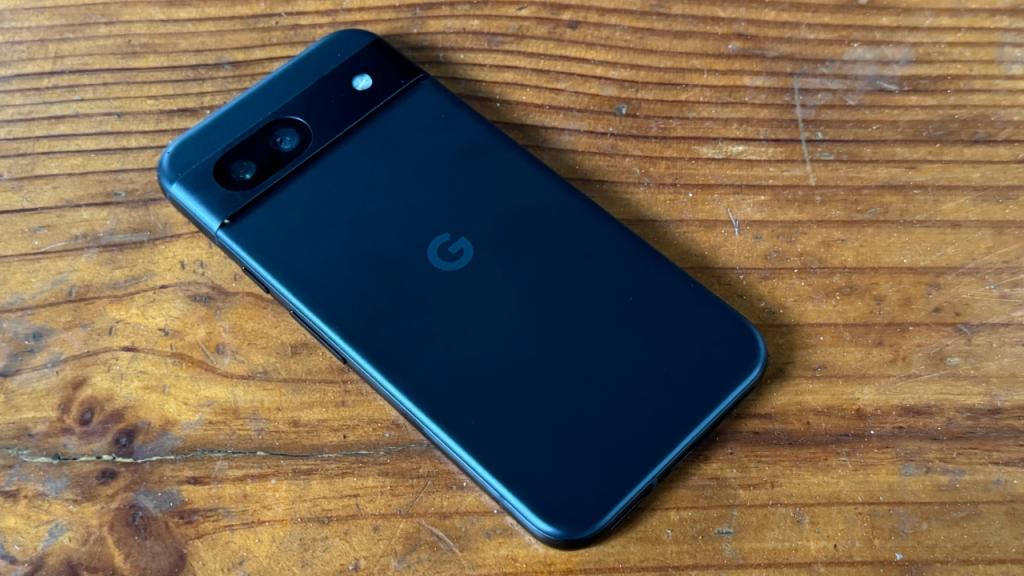
One thing that blew my mind about the Google Pixel 8a
The price.
No, not in a good way. My mind was blown when Google announced the pricing for the Pixel 8a had gone up by $100, to $849 for the 128GB version and $949 for the 256GB variant. The Pixel 7a launched here a year ago at $749, nicely nestled in the middle of mid-range pricing, but the Pixel 8a costs more.
Ah, I hear you cry, but it’s a better phone, so isn’t it reasonable that it should cost more?
I’m not so convinced, for two different reasons.
Firstly, that price hike isn’t one that Google is applying across the board. The Pixel 7a went on sale in the USA last year for $499 USD. The Pixel 8a is on sale in Google’s home country for… $499 USD. No price change at all, and Google’s call on this to journalists briefed on it (including me) was that the price bump was due to currency fluctuations.
That doesn’t really wash with what’s actually happened in the last twelve months with the Aussie dollar. I don’t want to delve too far into financial matters – I’m a tech lizard, not a finance lizard – but any quick research shows that while daily rates vary, over the past year the change has maybe been a percentage point or two; nothing that would justify a $100 price hike. It’s arguably true that we were getting the Pixel 7a a little cheap with GST taken into consideration, and while I feel like Google’s coffers could handle that for a while, there’s still a price bump over and above even that which isn’t covered by the difference between the US and Aussie dollar right now. Maybe Google’s predictive AI knows there’s a huge Aussie market crash coming and that’s why, but that’s a problem for future Australians, right?
There’s a bigger problem beyond pricing parity and fairness, though. At $749 (or less, because Android prices do tend to drop in the open market over time), the Pixel 7a was a bargain in the mid-range for what you were getting. The hardware on the Pixel 8a is good, and if it was also still $749 I’d say you should rush to Google right now to buy one before they run out, because that’s a total bargain.
At $849, less so, because it’s shooting towards the top of mid-range pricing and solidly into the space where you can often get actual premium flagships – especially ones with more than six months of availability in the Android space – for only a little bit more. Those are true flagships with even fancier features such as optical telephoto zooms, larger displays, more storage and faster charging.
It’s harder for the Pixel 8a to compete with those flagships if you can get them for similar prices – and it blows my mind that there’s a Pixel A series phone that I’m at least slightly hesitant to recommend on that precise basis.
Pre-Order the Google Pixel 8a here.
Image: Alex Kidman/Gizmodo Australia
